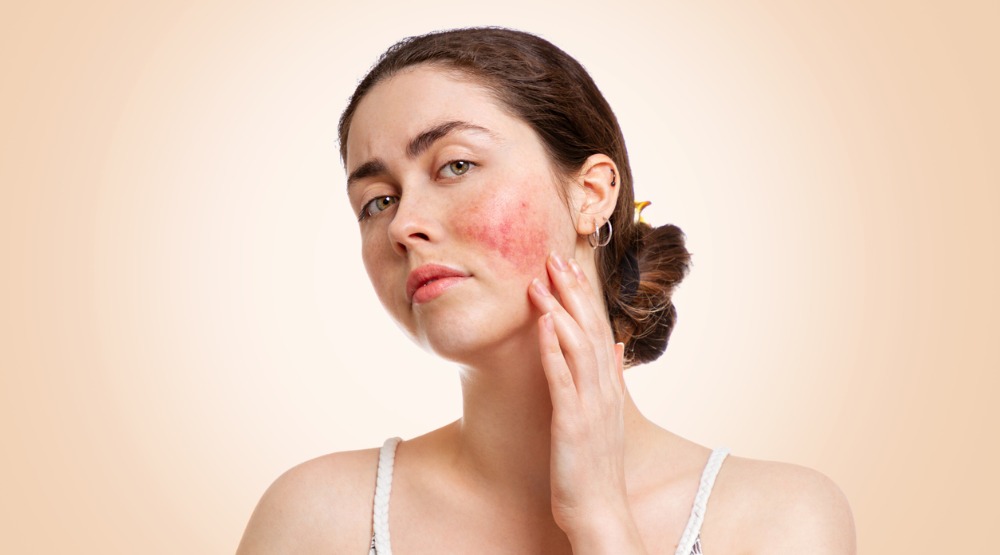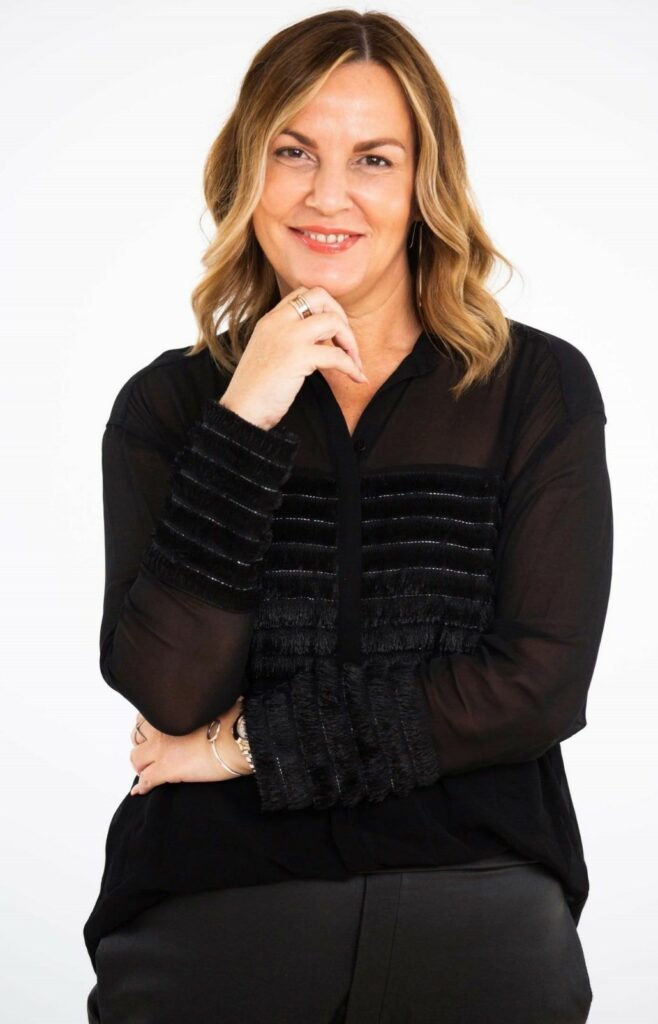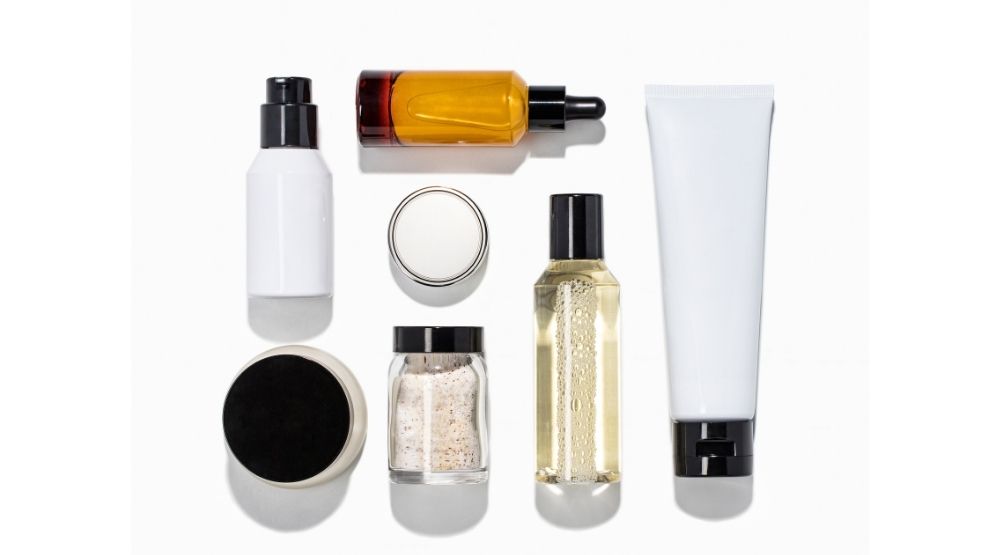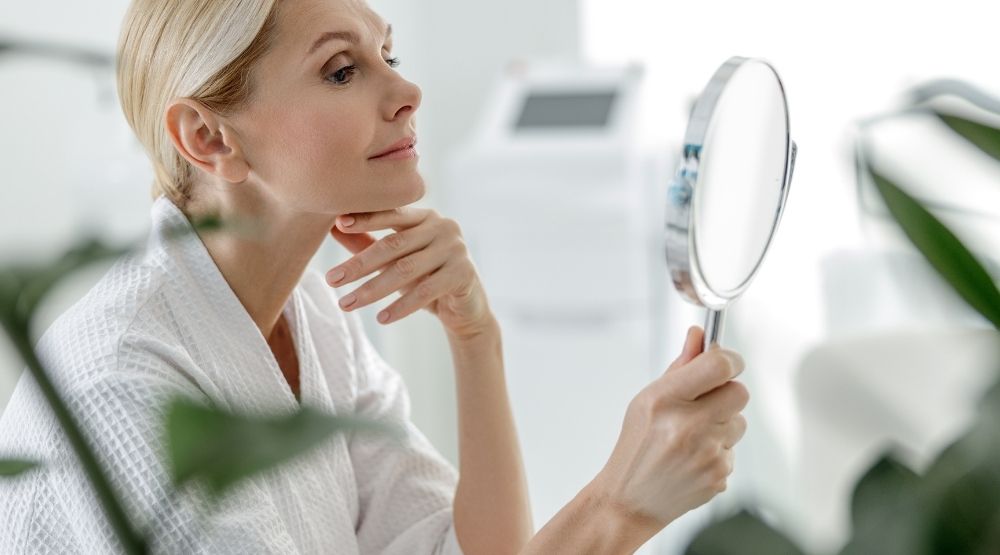Have you noticed an increase in clients experiencing perimenopause related skin concerns? There’s a reason for this. Australia has an ageing population. We live in a “lucky country” and have increased life expectancy, higher living standards and fantastic access to health care. Additionally, according to the Australian Bureau of Statistics between 1999 and 2019, there has been a steep increase in the population aged 65 and over. The Reserve Bank of Australia has noted that this group are spending big. Average consumption per household aged 55 years and above has grown nearly twice as fast as the average of other households in 2018 households aged 55-64 consumed more on average ($123,000) compared to 45-55 ($128,000) and 35-44 (111,000).
What does this translate to? An increasing portion of your highest spending clients are likely to be perimenopausal. We spoke to a leading dermatologist about the best way to approach treatment plans for clients with menopausal skin. We spoke to dermatologist Dr Annika Smith and beauty expert-cum-entrepreneur Marie Enna-Cocciolone for a best-practice guide to perimenopausal skin.
Increased understanding: Perimenopausal skin is not the same as ageing skin
Sure, the two coincide but there are different factors to consider when designing treatments to manage the skin side effects of menopause. Dr Annika Smith, a Sydney based Dermatologist says she has seen an increase in understanding and interest in the skin concerns of those experiencing perimenopause recently. “I think there is a greater appreciation and understanding of the hormonal impact on the skin through various stages of life – including the peri-menopausal years.”

What skin conditions are associated with perimenopause?:
Dr Smith explains that during the perimenopausal years, estrogen levels fall while androgen levels stay the same. The dermis and epidermis both have an abundance of estrogen receptors
Because the dermis and epidermis contain an abundance of estrogen receptors, there are a variety of changes you might notice in your clients’ skin.
“It can lead to a variety of unwelcome changes, ranging from inflammatory skin issues such as acne and rosaceal change to increased dryness, atrophy and more evident signs of skin ageing. Epidermal thinning, diminished dermal collagen content, diminished skin moisture and impaired wound healing have been reported in postmenopausal women.”
Dr Smith says there are a number of factors to consider when treating perimenopausal clients. The first, of course, is sensitivity. That’s emotional sensitivity rather than skin sensitivity. Because of cultural attitudes towards ageing, menopause can be a difficult time for some women, added to that is the fluctuating hormone levels during peri-menopause can leave women vulnerable to developing depression or anxiety, insomnia and some associated physical health issues. Dr. Annika Smith says before launching into treatment it’s important to “Listen and be patient and their concerns, be gentle in one’s approach and be mindful of the unique set of issues at play.

She explains that while distinct skin concerns are evident, they are more likely to be intertwined.
‘This cohort has a unique set of complex skin issues and concerns that co-exist, and are multifactorial, as opposed to isolated skin concerns.” Existing cosmetic concerns like wrinkles, pigmentation and loss of volume are likely to be compounded and complicated by increased skin sensitivity and vasoreactivity.
These can be accompanied by whole-body changes – hair loss or thinning, increased facial hair and changes like atrophy or increased skin sensitivity in the genital region.

Best practice for perimenopause:
Dr Smith suggests establishing the “key” issue for the client and then taking a slow and gentle therapeutic approach.
“Treatments that are too aggressive can exacerbate underlying skin sensitivity which is common in the peri/menopausal age group.” Dr Smith also suggests taking note of any concurrent medical conditions or hormonal, immunosuppressive medications that might impact skin repair and conditioning. These medications can increase the risk of sequala (post-treatment complications) following beauty procedures.
While there is no “one size fits all” approach finding the balance between anti-aging actives for more fragile and sensitized skin is key. “Generally a topical retinoid at night is ubiquitous in this age group, however slow introduction and gradual up-titration according to response is key due to increased skin irritancy. The same applies for use of alpha and beta hydroxy acids.”
Overall, Dr Smith believes there have never been more options for this age group: “Women of all ages deserve good skincare and treatment options, there is now greater choice with respect to non-invasive treatment options and adjuncts to skincare.”
Furthermore, the clientele are better educated on the importance of their at-home regimes. “The COVID-19 pandemic coupled with self-isolation has forced women of all ages to become more self-sufficient with their own “at home skincare regimes.”

From a therapeutic perspective Marie Enna-Cocciolone, CEO &Founder of INSKIN COSMETICS & O Cosmedics believes there are many fantastic non-invasive treatment options for clients experiencing perimenopause. She tells Professional Beauty: “It’s important that therapeutic treatments include modalities that stimulate collagen synthesis, even out skintone, encourage rejuvenation and focus on skin tightening. The most effective in-clinic. treatments rely on a combination of modalities in order to great a number of skin concerns in any one treatment.” However she agrees that home care is an essential component of a successful regimen. “As much as 75% of in-clinic results depend on effective skincare solutions being used morning and evening – products with functional actives that have the ability to trigger cell optimization and skin health.”

Dr Smith’s skincare recommendations:
- Lifestyle: “The Mediterranean diet is great for general health and touted for its anti-inflammatory benefits, including the skin, regular exercise and inner joy- skin care is also an inside job.”
- AM ingredients to protect and prevent: “Moisturiser or serum which may contain – ie HA/ceramide for skin hydration and skin barrier support, especially in winter.”
- Antioxidant (i.e. Vit C, B3 etc) to combat external environmental aggressors incurred during the day
- Sunscreen (appropriate SPF 30-50/Broad spectrum protection)
- PM ingredients to repair and rejuvenate:”Retinoid derivatives or alpha- hydroxy acids coupled with a moisturiser of choice to offset irritancy and dryness incurred with retinoid. This could be pre or post topical retinoid depending on skin type. May also consider DNA repair enzymes, peptide or growth factors for antiaging benefits.”
Marie Enna-Cocciolone’s treatment tips:
- “Without a doubt, Dermapen. It treats all skin types and conditions and is not thermal based. Start with a course and a six week maintenance treatment.”
- “Phototherapy (LED) is brilliant for stimulating collagent synthesis and age management.”
- “Professional Peels and enzyme treatments”
- “HIFU, IPL, Laser and radiofrequency facials can be used in tandem and all work incredible well to rejuvinate the skin.”
Read the current issue of our digital magazine here:
- For more news and updates, subscribe to our weekly newsletter
- Follow us on Instagram
- Like us on Facebook
- Join Australia’s largest network of beauty industry professionals on LinkedIn
- Subscribe to our print magazine
Have an idea for a story or want to see a topic covered on our site and in our pages? Get in touch at info@professionalbeauty.com.au.

